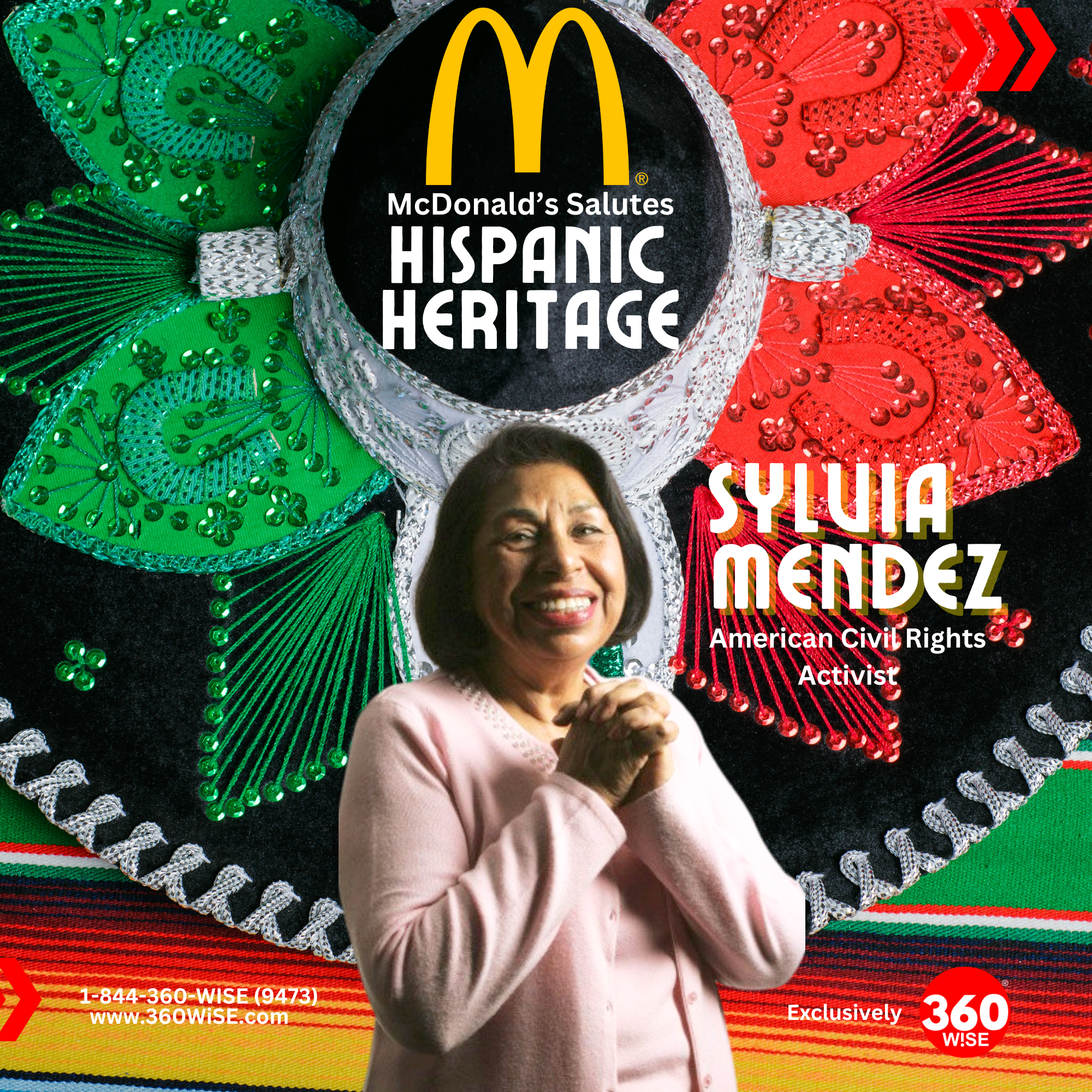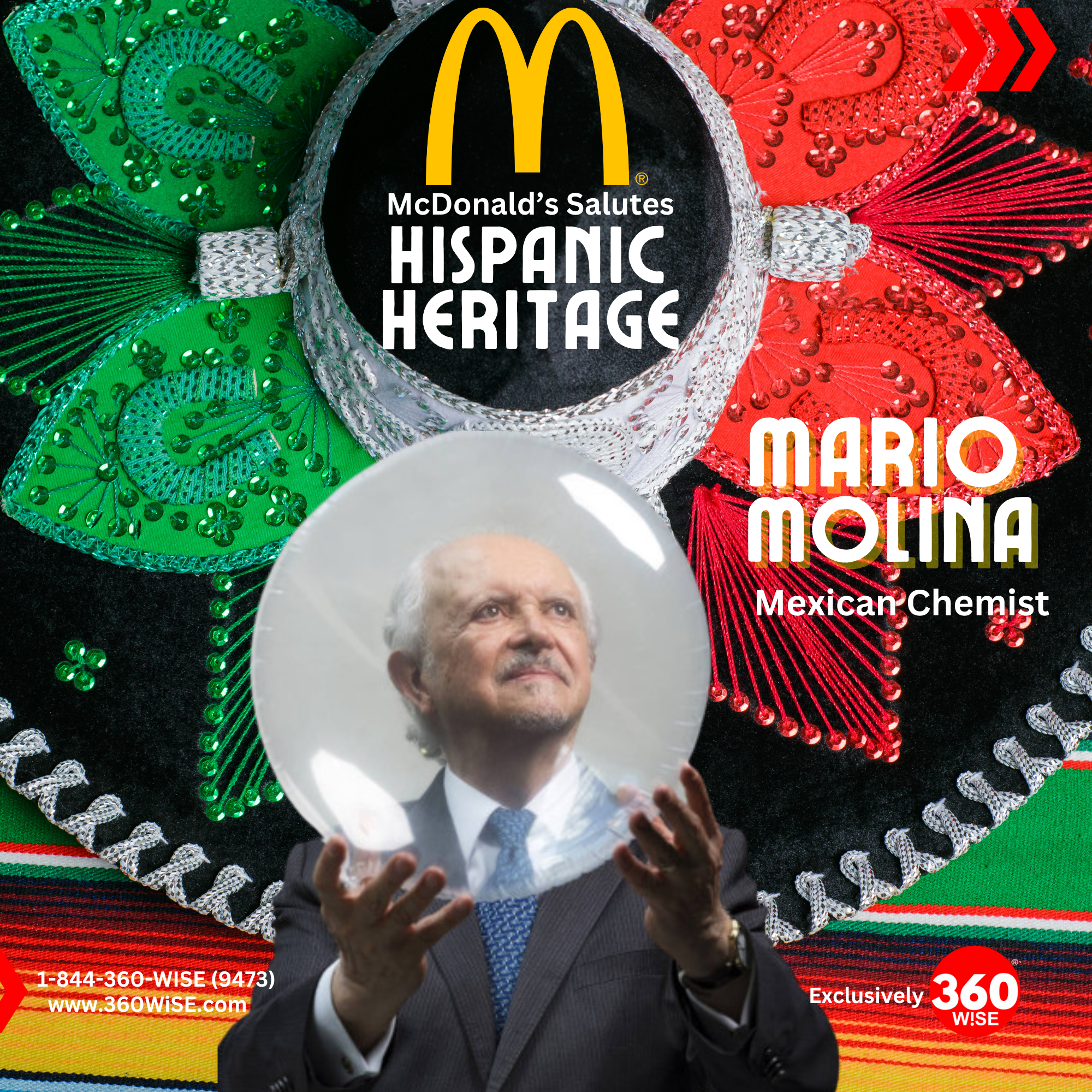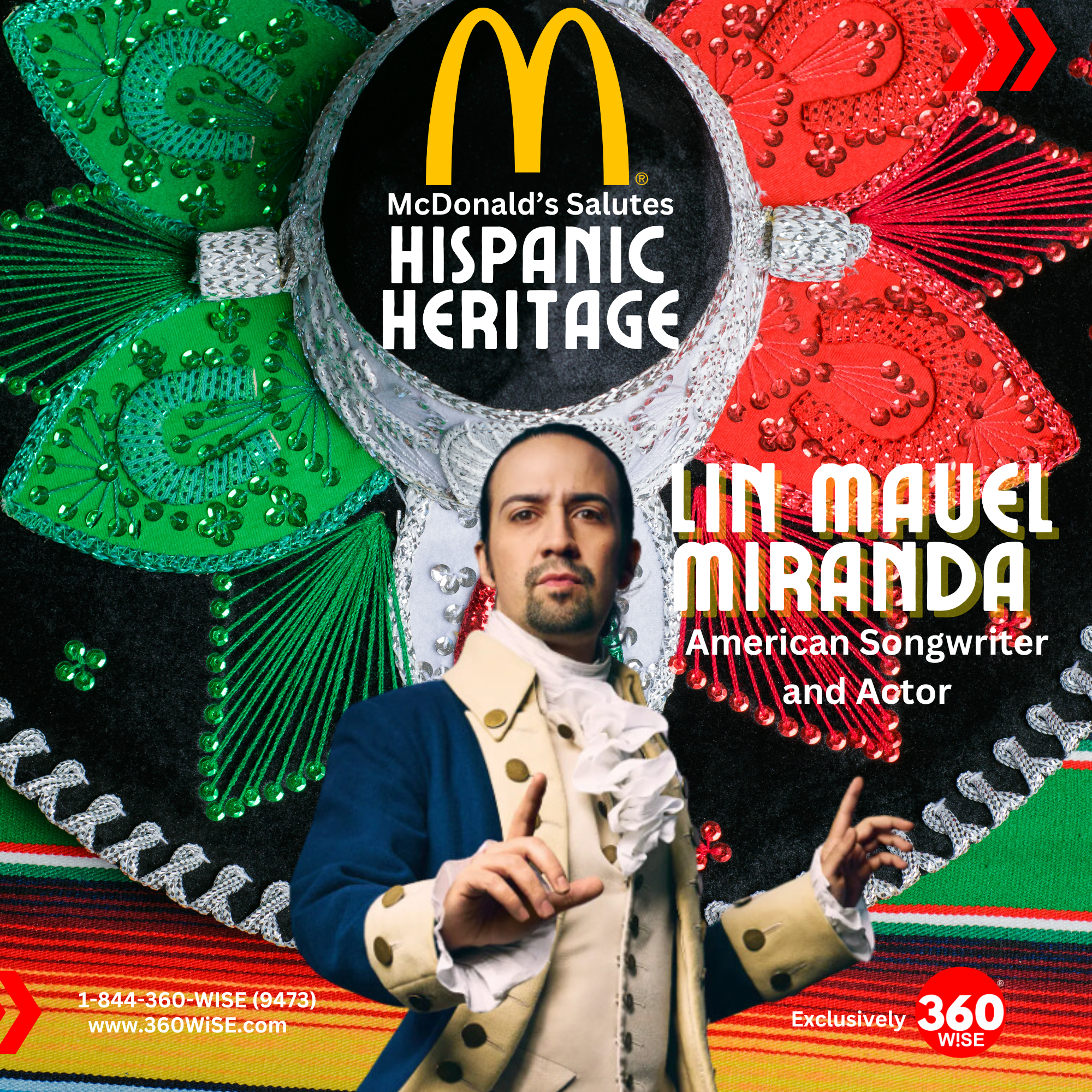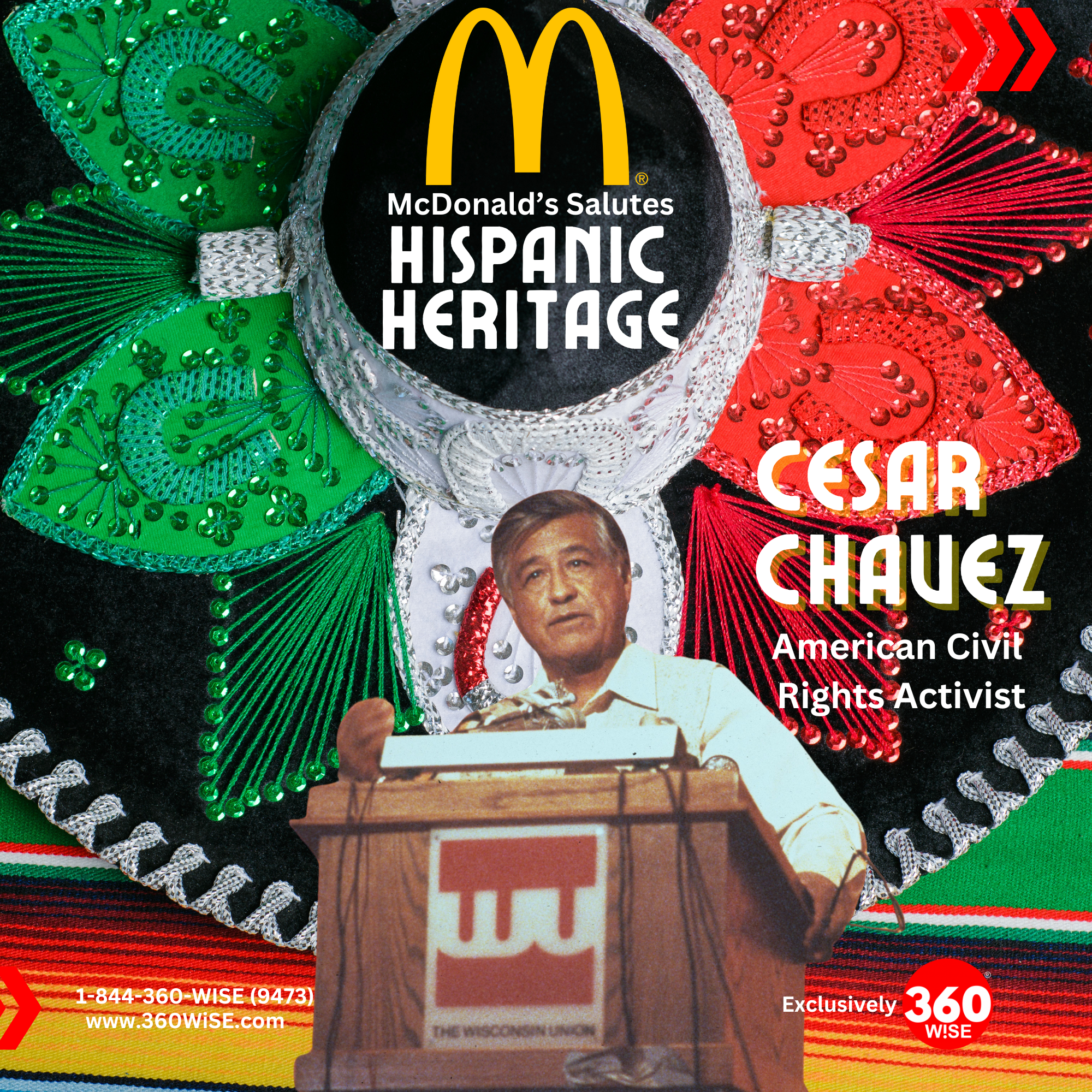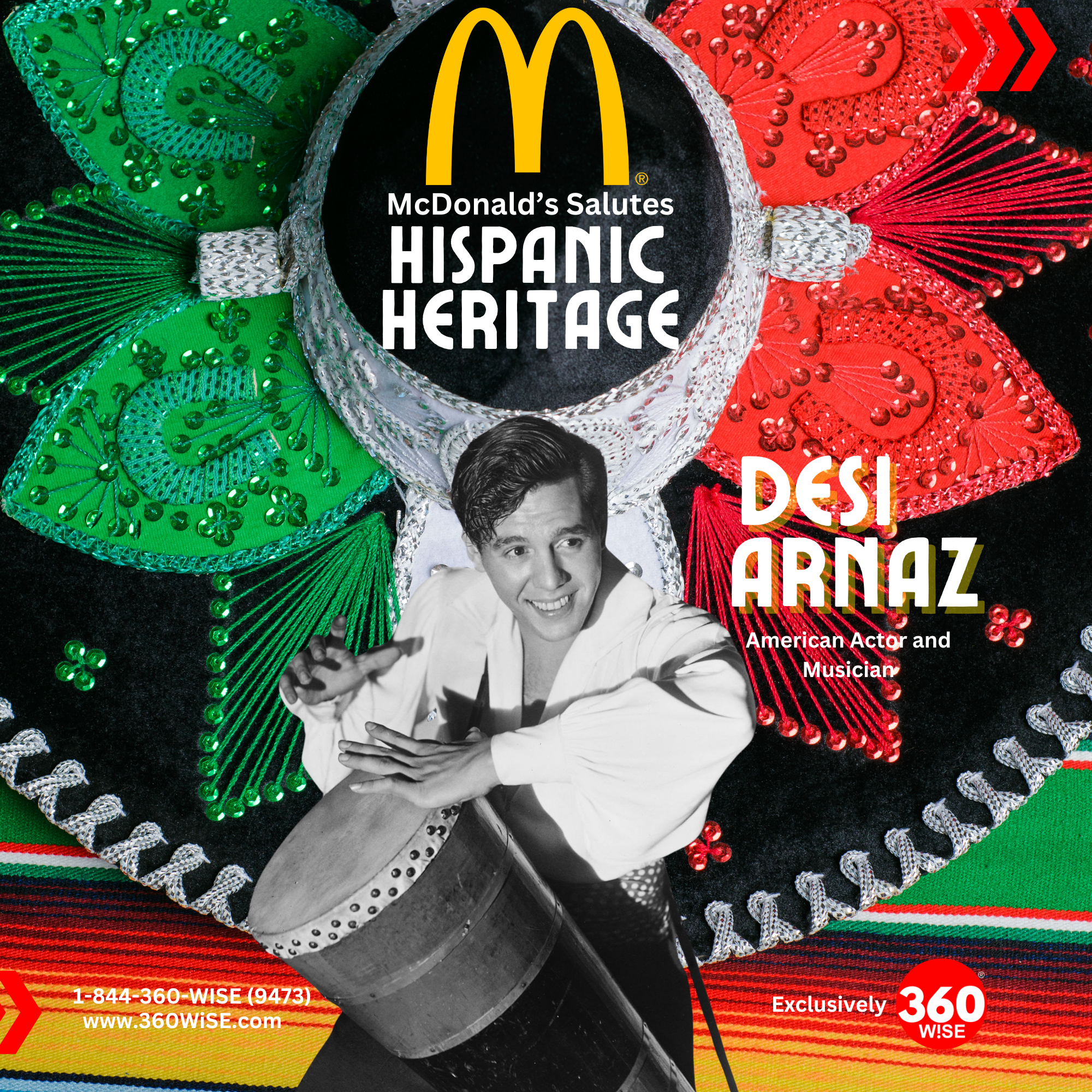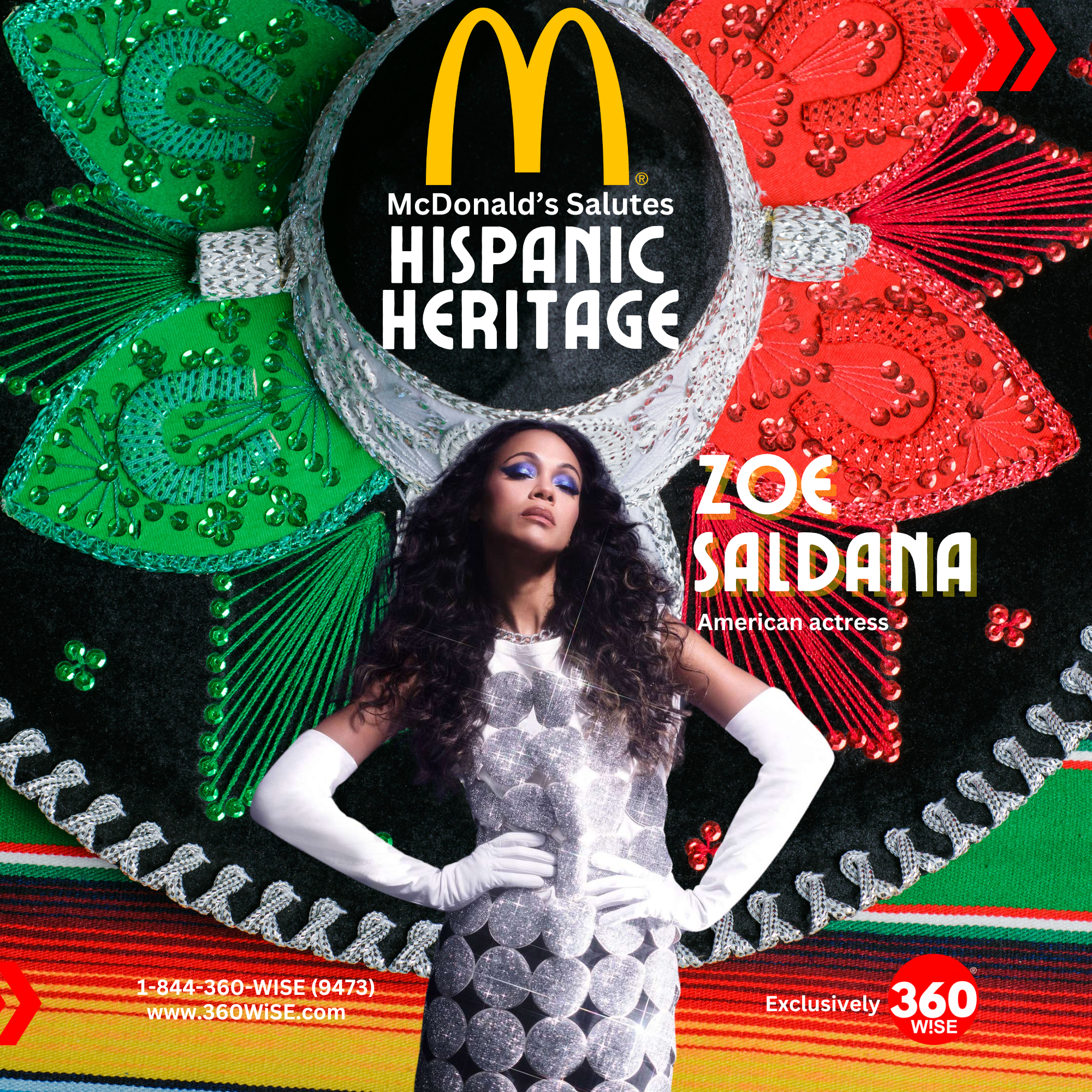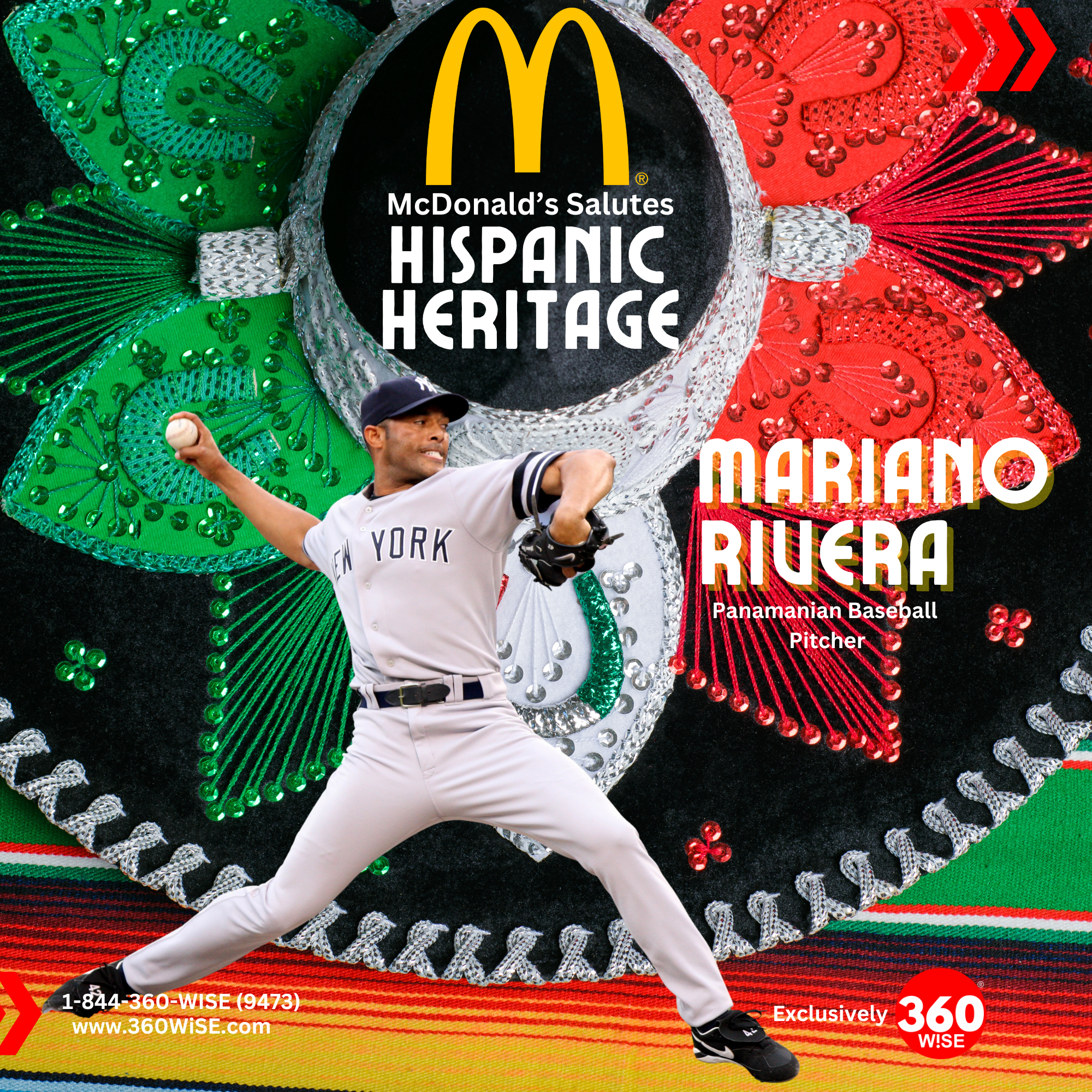 Salutes Hispanic History Back To McDonald's Salutes Hispanic History
Salutes Hispanic History Back To McDonald's Salutes Hispanic History
Carlos Santana
Who is Carlos Santana?
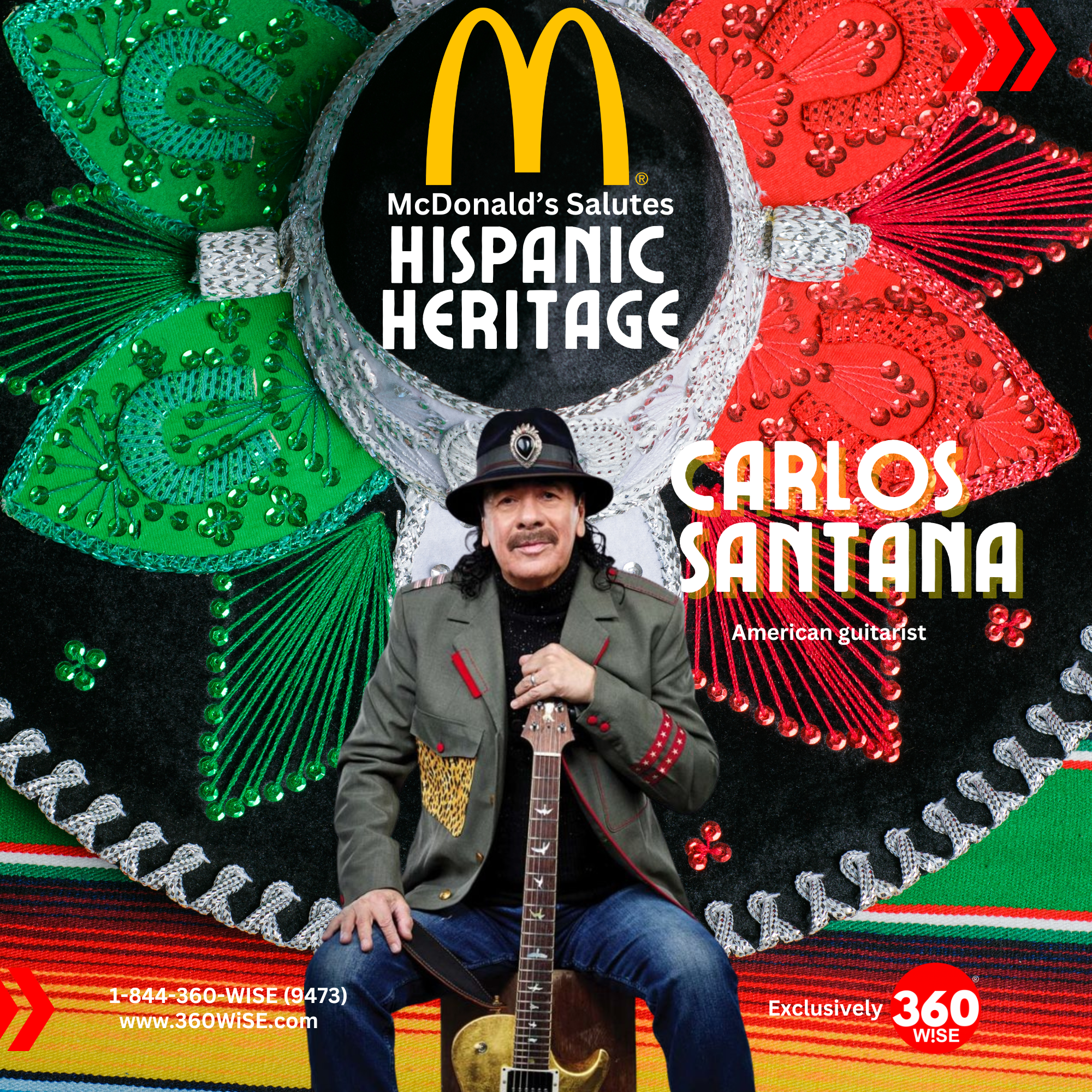
A Legend of Latin Rock
Carlos Santana is more than just a musician; he is a living legend whose influence has transcended genres and generations. Born on July 20, 1947, in Autlán de Navarro, Mexico, Santana’s journey from his humble beginnings to becoming one of the most celebrated guitarists in the world is a story of passion, innovation, and the power of music. With a career spanning over five decades, Santana has not only pioneered the fusion of rock and Latin music but has also inspired millions with his unique sound and spiritual approach to music. As we celebrate Hispanic Heritage Month, it is only fitting to honor Carlos Santana, the soul of Latin rock, for his immense contributions to music and culture.
Early Life: Roots in Mexico and Music
Carlos Santana was born into a musical family in Mexico. His father, José Santana, was a mariachi violinist, and from an early age, Carlos was immersed in the rich musical traditions of his homeland. By the age of five, he was playing the violin, but it wasn’t long before he found his true calling with the guitar. The vibrant sounds of Mexican folk music, along with the influences of American blues, jazz, and rock, shaped Santana’s early musical identity.
In the early 1960s, the Santana family moved to San Francisco, California, a city that would play a crucial role in Carlos’s musical development. The cultural melting pot of San Francisco exposed Santana to a variety of musical styles and genres, from the blues of B.B. King to the psychedelic rock of Jimi Hendrix. These influences would later converge in Santana’s signature sound—a blend of Latin rhythms, bluesy guitar solos, and rock sensibilities.
The Formation of Santana: A New Sound Emerges
The late 1960s were a time of musical experimentation and cultural revolution, and Carlos Santana was at the forefront of this movement. In 1966, he formed the Santana Blues Band, later shortened to Santana, with fellow musicians David Brown, Gregg Rolie, Michael Shrieve, and others. The band quickly gained a reputation for their electrifying live performances, which combined Latin percussion with psychedelic rock and blues.
Santana’s big break came in 1969 when the band was invited to perform at the Woodstock Music and Art Fair. Their performance of “Soul Sacrifice” was a defining moment in the festival’s history and catapulted Santana into the national spotlight. The raw energy and innovative fusion of musical styles showcased at Woodstock were unlike anything audiences had seen before, and it established Santana as a major force in the rock world.
The Santana Sound: Fusing Rock and Latin Music
What set Santana apart from other rock bands of the era was their seamless integration of Latin rhythms and instrumentation with the electric guitar-driven sound of rock. Carlos Santana’s guitar playing, characterized by its lyrical, emotive quality and sustained notes, became the centerpiece of the band’s music. Songs like “Black Magic Woman,” “Oye Como Va,” and “Samba Pa Ti” showcased Santana’s ability to blend traditional Latin music with rock, creating a sound that was both familiar and entirely new.
The band’s self-titled debut album, Santana, released in 1969, was a commercial success and introduced the world to their unique sound. It was followed by the critically acclaimed albums Abraxas (1970) and Santana III (1971), both of which solidified Santana’s place in rock history. Abraxas included some of the band’s most iconic tracks, such as “Black Magic Woman” and “Oye Como Va,” which became anthems of the era.
Santana’s music was not only a fusion of genres but also a fusion of cultures. By incorporating elements of Latin music into mainstream rock, Santana brought the sounds of Latin America to a global audience. His music transcended cultural boundaries, resonating with people from all walks of life and helping to break down the barriers between different musical traditions.
Spirituality and Music: A Higher Calling
For Carlos Santana, music has always been more than just entertainment—it is a spiritual journey and a means of connecting with something greater than oneself. Throughout his career, Santana has spoken openly about the role of spirituality in his life and music. His interest in spirituality was profoundly influenced by his exposure to various religious and philosophical teachings, particularly those of Indian guru Sri Chinmoy, whom Santana met in the 1970s.
Santana’s spiritual beliefs have deeply influenced his music, leading him to explore themes of love, peace, and unity. This spiritual dimension is evident in songs like “Samba Pa Ti” and “Europa,” where the emotive power of his guitar playing conveys a sense of transcendence. Santana has often described his music as a way to reach people’s hearts and souls, to heal, and to inspire.
His 1999 album Supernatural exemplifies this spiritual approach to music. The album, which featured collaborations with artists such as Rob Thomas, Eric Clapton, and Lauryn Hill, became a global phenomenon, winning nine Grammy Awards, including Album of the Year. The success of Supernatural marked a resurgence in Santana’s career and introduced his music to a new generation of fans.
Carlos Santana’s Impact on Latin Rock and Beyond
Carlos Santana’s influence extends far beyond his contributions to Latin rock. He has played a pivotal role in bringing Latin music to mainstream audiences, paving the way for other Latin artists to achieve international success. His fusion of rock and Latin music has inspired countless musicians and has helped to broaden the musical landscape.
Moreover, Santana’s impact is not limited to music. He has been a vocal advocate for social justice, peace, and human rights, using his platform to speak out on issues that matter to him. Through his Milagro Foundation, established in 1998, Santana has supported a variety of causes, including education, healthcare, and the arts, particularly for underserved communities.
Santana’s commitment to making the world a better place through music and philanthropy has earned him numerous accolades and honors. In 1998, he was inducted into the Rock and Roll Hall of Fame, cementing his status as one of the greatest musicians of all time. In 2013, he received the Kennedy Center Honors, one of the highest cultural honors in the United States, recognizing his contributions to American culture.
The Enduring Legacy of Carlos Santana
Conclusion: Celebrating the Soul of Latin Rock
Carlos Santana’s contributions to music and culture have made him a true icon of Hispanic heritage. As the soul of Latin rock, Santana has not only pioneered a new musical genre but has also enriched the world with his spiritual approach to music. His legacy is one of innovation, cultural fusion, and a deep commitment to using music as a force for positive change.
As we honor Carlos Santana during Hispanic Heritage Month, we celebrate not just his incredible musical achievements, but also the values of love, peace, and unity that he has championed throughout his life. Santana’s music continues to resonate with audiences around the world, reminding us of the beauty and power of diversity in the arts. His story is a powerful reminder that when we embrace our cultural roots and share them with the world, we can create something truly extraordinary.
THE MOMENT
QUICK FACTS
Thank you to the New York Tristate Owner and Operators Association for your continued support.



